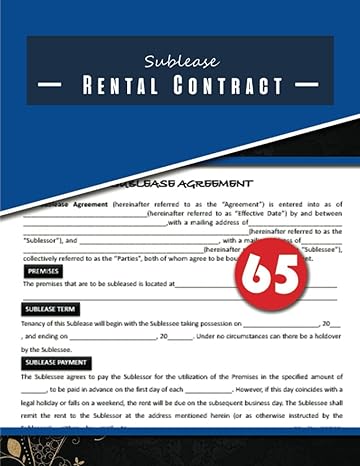Answered step by step
Verified Expert Solution
Question
1 Approved Answer
1.) Assume that T-Mobile enters the market with a pre-paid plan, they will charge $0.15 per minute and offer a handset subsidy of $40. Such

1.) Assume that T-Mobile enters the market with a pre-paid plan, they will charge $0.15 per minute and offer a handset subsidy of $40. Such an attractive offer decreases the churn rate for Virgin to 4% per month (instead of the 6% given in the case). What is the customer lifetime value for Virgin?
2.) In the above question, if T-Mobile runs a reward program for their customers then it will cost them a one-time charge of $50 per customer but the churn rate will fall to 2% from 4%? Should Virgin implement the reward program?
In general, lifetime value (LTV) for a customer is calculated as follows a-1 where N- the number of years over which the relationship is calculated M- the margin the customer generates in year a r the retention rate (r is the survival rate for year a) -the interest rate AC-the acquisition cost Source: Adapted from "Customer Profitability and Lifetime Value," HBS Note 503-019 In the cellular industry, margin is relatively fixed across periods. Therefore, one can simplify the above expression by assuming an infinite economic life (ie, letting N- oo ), which leads to LTV AC Monthly Margin - average revenue per unit per month (ARPU) - monthly cost to serve (CCPU, or cash cost per user) The components of AC were advertising per gross and the handset subsidy provided to the subscriber add, the sales commission paid per subscriber, CCPU consisted of customer-care costs, network costs (the cost of using Sprint's network), IT costs, and overhead. Industry analysts estimated that Virgin Mobile's CCPU would be constant at 45% of revenues during its first year of operations, since most of Virgin's costs were variable. Monthly churn was estimated to be 2% for customers under contract and 6% for prepaid customers' Interest rates were 5%. In general, lifetime value (LTV) for a customer is calculated as follows a-1 where N- the number of years over which the relationship is calculated M- the margin the customer generates in year a r the retention rate (r is the survival rate for year a) -the interest rate AC-the acquisition cost Source: Adapted from "Customer Profitability and Lifetime Value," HBS Note 503-019 In the cellular industry, margin is relatively fixed across periods. Therefore, one can simplify the above expression by assuming an infinite economic life (ie, letting N- oo ), which leads to LTV AC Monthly Margin - average revenue per unit per month (ARPU) - monthly cost to serve (CCPU, or cash cost per user) The components of AC were advertising per gross and the handset subsidy provided to the subscriber add, the sales commission paid per subscriber, CCPU consisted of customer-care costs, network costs (the cost of using Sprint's network), IT costs, and overhead. Industry analysts estimated that Virgin Mobile's CCPU would be constant at 45% of revenues during its first year of operations, since most of Virgin's costs were variable. Monthly churn was estimated to be 2% for customers under contract and 6% for prepaid customers' Interest rates were 5%Step by Step Solution
There are 3 Steps involved in it
Step: 1

Get Instant Access to Expert-Tailored Solutions
See step-by-step solutions with expert insights and AI powered tools for academic success
Step: 2

Step: 3

Ace Your Homework with AI
Get the answers you need in no time with our AI-driven, step-by-step assistance
Get Started


